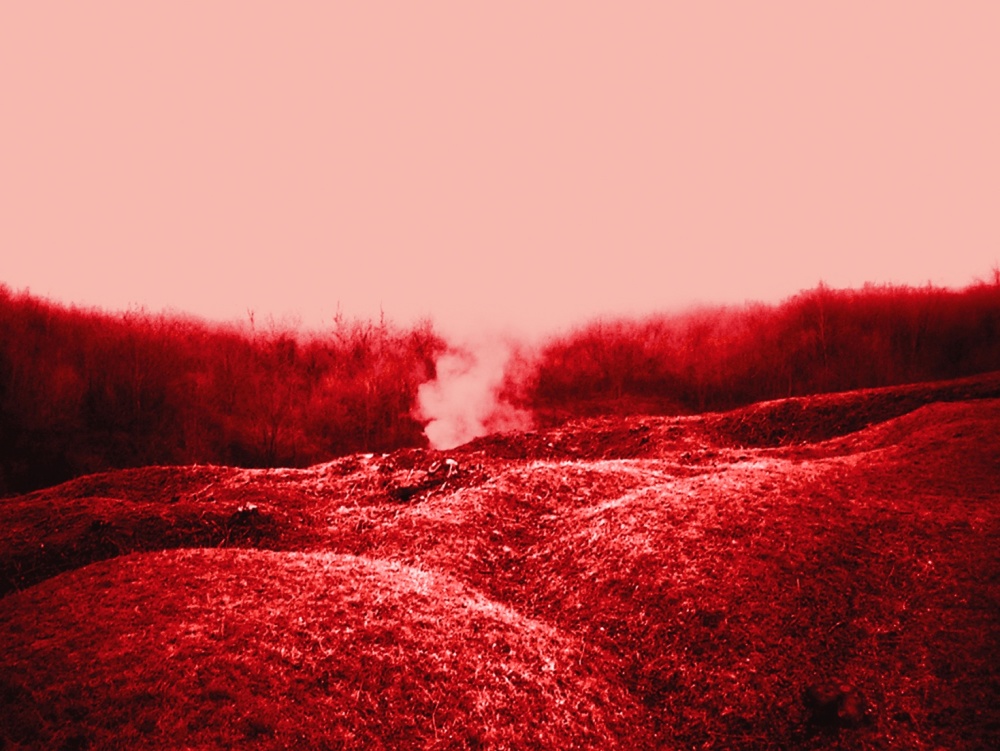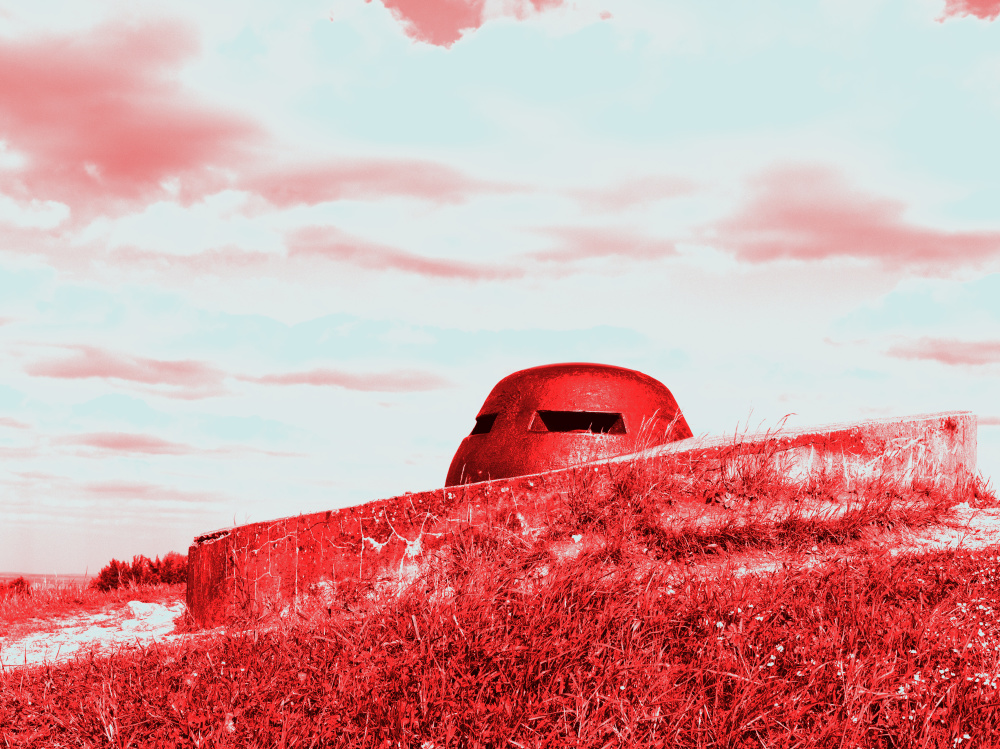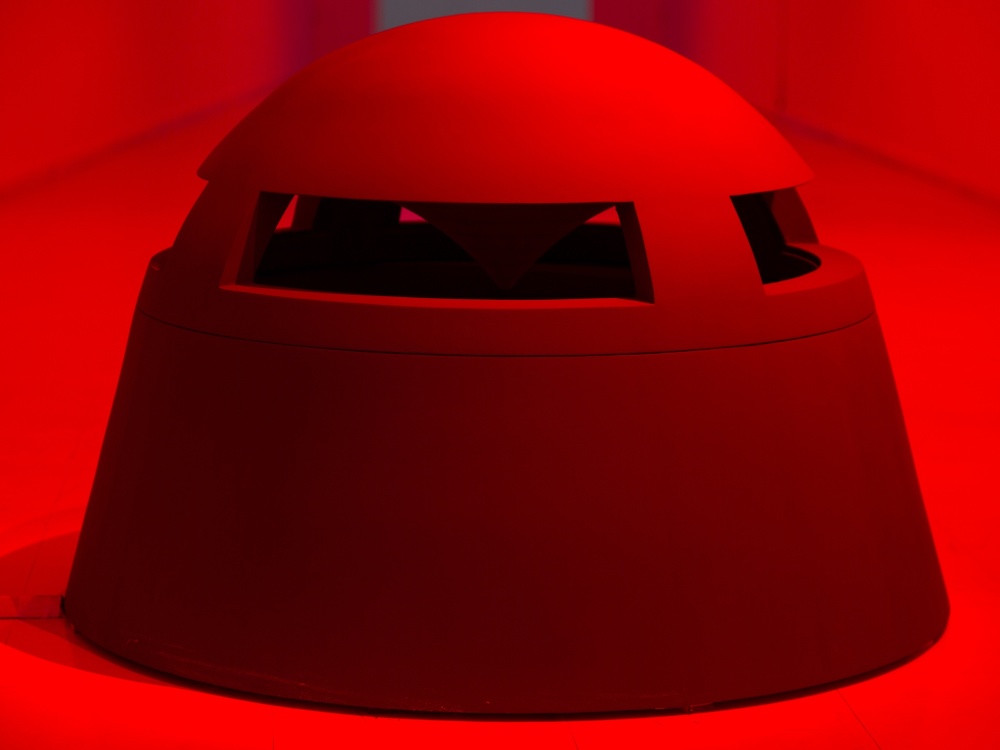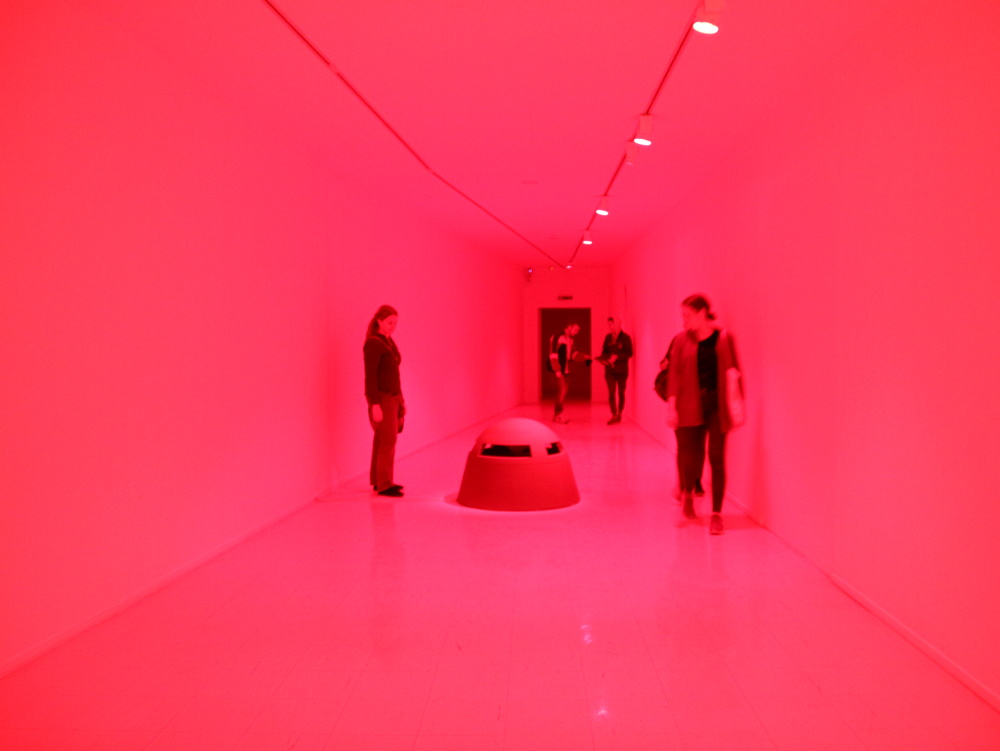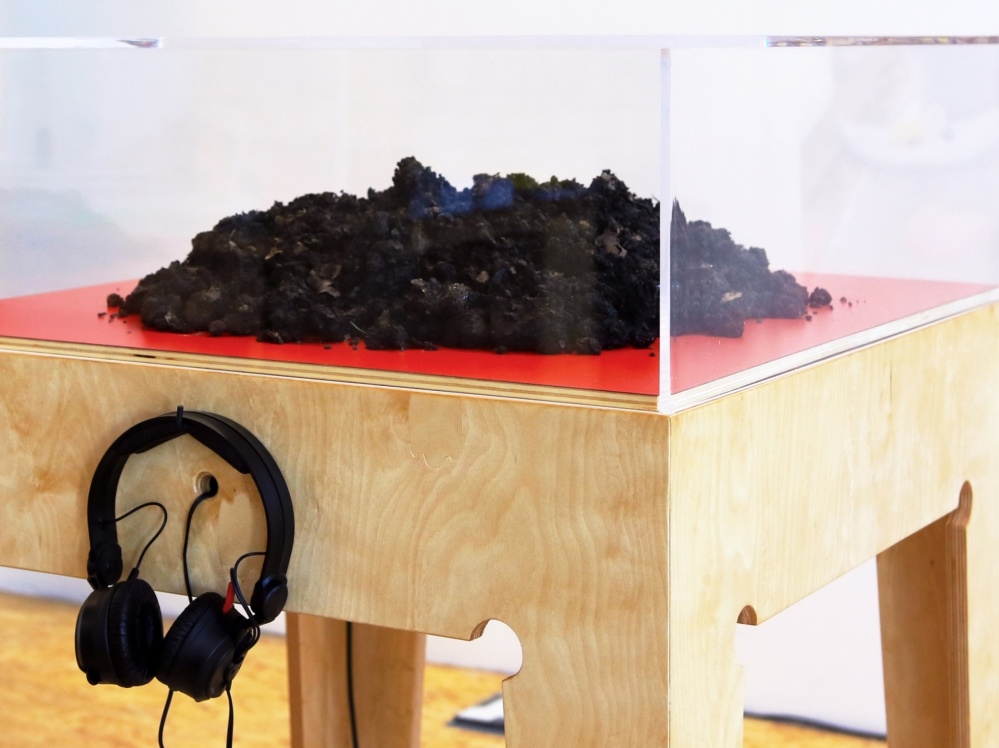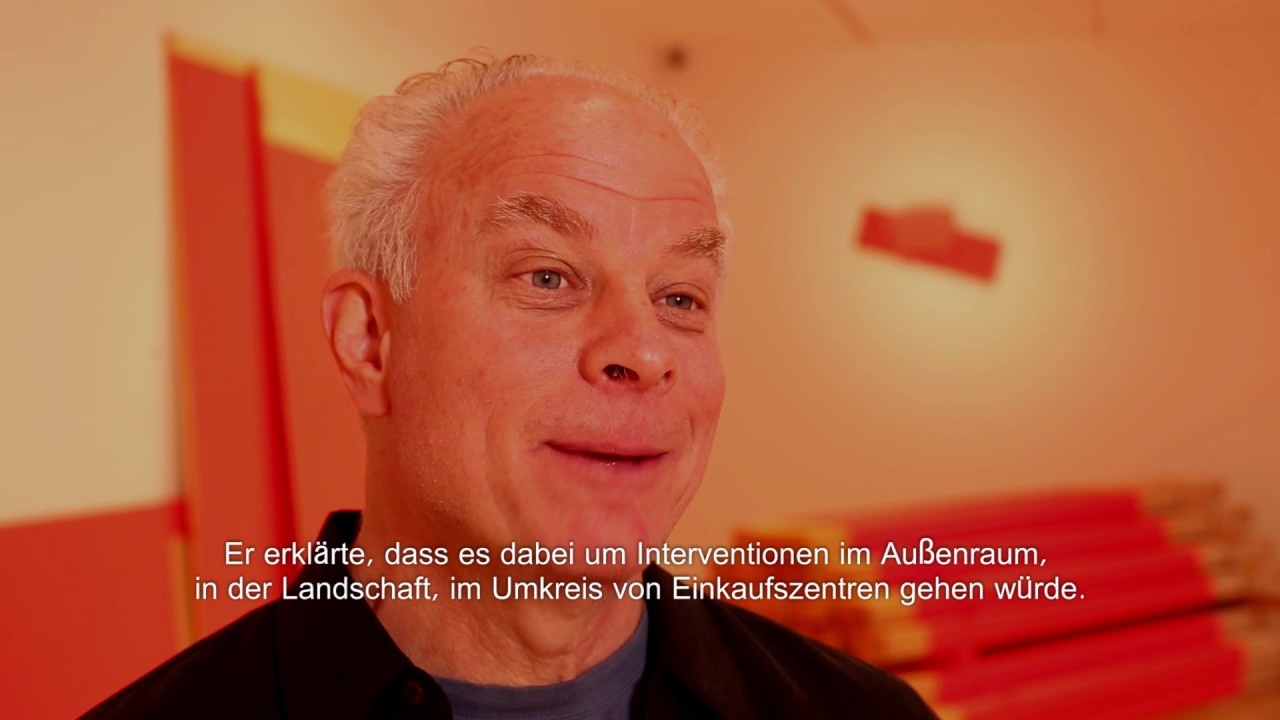François Martig
19.05.2017-27.08.2017
Francois Martig, Zone Rouge, 2008-2017, Sound Installation, Installationsansicht Stadtgalerie Saarbrücken, Foto Anton Minayev - Stadtgalerie Saarbrücken
Francois Martig, Zone Rouge, 2008-2017, Sound Installation, Installationsansicht Stadtgalerie Saarbrücken, Foto Anton Minayev - Stadtgalerie Saarbrücken
Francois Martig, Zone Rouge, 2008-2017, Sound Installation, Installationsansicht Stadtgalerie Saarbrücken, Foto Anton Minayev - Stadtgalerie Saarbrücken
If you wanted to condense the horror, pain and suffering of the First World War into a single sound, which one would it be? A shot.
François Martig (b. 1978 in Belgium) has chosen the piercing sound of the shots of a Browning M1910. Sound, its sculptural staging, and an engagement with landscape are among the essential components of his artistic works. The media artist documents places and their histories, political decisions and their consequences, and objects and their significance. The results of this approach are poetic installations with a subtle political punch. The ominous shots of the Browning M1910 reveal themselves as those of the weapon that was fired on Franz Ferdinand of Austria-Este in 1914. They stand for the starting point of the First World War. These shots resulted in a chain of events whose repercussions can still be felt today in the ZONE ROUGE: a zone in which the war’s debris was buried and forgotten, an area that, although it appears peaceful because it was reforested by Germans, is actually non-arable and toxic. Martig gives the soil of this place an auditory presence in his installation GAS PLACE.
The ZONE ROUGE is, however, not the only danger zone that exists today. Martig’s latest video work VAROSHA, shot in a documentary style, also depicts an abandoned place. In the video, he takes stock of a city, and considers its fate and that of the humans connected with it. Both zones have one thing in common: they are landscapes created by the human hand that have been selected by fate to become tragic artefacts of their histories. The exhibition ‘Hypo-Landscapes: Politics of Battlefields’ brings these landscapes to Saarbrücken.
François Martig is a ‘communication artist’ but not a political activist. In his installations, videos, and sound work, poetic compositions clash with the social relevance of political decisions. Nature, as the victim of these decisions, whether in the forest of Verdun or the conflict-laden border area of Cyprus, is placed at the forefront of the artist’s work. His multimedia works tell its stories. In his art, the aesthetic and political components of these landscapes are combined in a thought-provoking way.
In 2016, François Martig was awarded the Saarländischer Rundfunk’s Media Art Award. The exhibition is caruted by Kamila Kolesniczenko.
